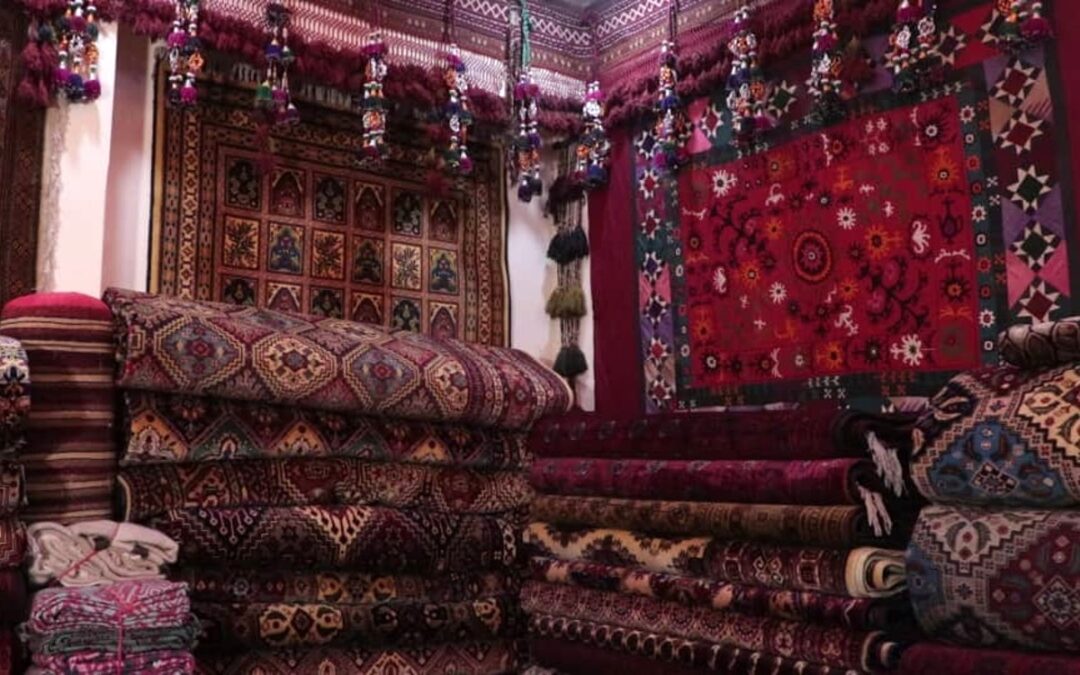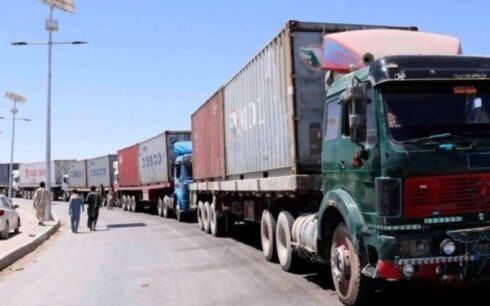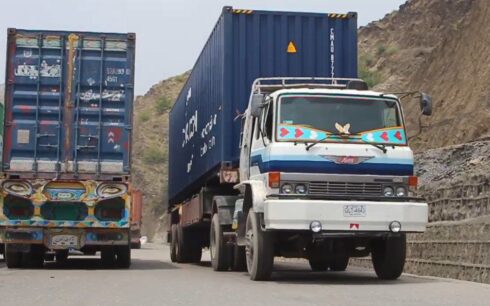Investors say the Afghan carpet business has faced a “significant decrease” in production and exports in the north in the last 10 months after a regime change in Afghanistan.
Lack of raw materials required by the carpet industry and the lack of facilities for the export of the Afghan product, including the closure of the “air corridor,” restrictions in the banking system and obstacles in getting visas are the main obstacles that have led to the closure of dozens of small and big carpet production centers in northern Afghanistan, according to several carpet weavers and investors who spoke to Amu TV.
Carpet weavers in Kunduz with decades of experience in this domain said they see a significant decrease in their business.
Ghulam Sakhi, a carpet weaver and producer who is in this business for the last 40 years, said he sees at last 60 percent decrease in the market for Afghan rugs, resulting in the loss of jobs for half of those who worked in the industry.
“Markets are down, both nationally and internationally,” Sakhi said. “We are left with no option but to close our factories or downsize our firms.”
Nooruddin Mohammadi, an investor in the carpets business said the Taliban government is not paying the required attention to support the industry and that the current situation has heavily impacted their activities.
“As a carpets businessman, I have borrowed $1.5 million to compensate for the consequences of problems in exports and delay in the arrival of raw materials. No one is there to respond,” said Mohammadi.
Habibullah, the owner of a rugs production center in Balkh, said the government needs to reduce electricity bills on factory owners; otherwise, they will gradually lose their businesses.
“The prices of raw materials are high. The electricity cost is high. The carpet industry will vanish and several people will lose their jobs if the situation continues,” he added.

Another issue that has had a negative impact on the industry is the illegal export of Afghan rugs to Iran and Pakistan.
Abdul Sattar Bekzada, former head of the carpet weavers union in the north, said Afghan rugs are sent to international markets under regional countries’ marks.
“Our workforce here are struggling for keeping Afghanistan’s brand alive but the Afghan carpet is smuggled to neighboring countries who send it abroad under their own marks,” Bekzada said.
A Taliban official confirmed the matter but assured of efforts to prevent the trafficking of Afghan rugs to some countries in the region.
“Sadly, Afghan rugs are sent to regional countries such as Iran, Pakistan, Turkey and Uzbekistan, but they are exported to other parts of the world under their own marks,” said Nooruddin Aziz, the acting head of the Ministry of Industry and Commerce. “We will continue our efforts to prevent the trafficking of Afghan carpet and resume exports of the product to these countries.”
Meanwhile, officials in Balkh said efforts have started to support local firms in the province to save the industry from further collapse.
“I assure you that the provincial administration in Balkh will make efforts to provide the environment for investors and businessmen in this domain,” said Shir Ahmad Sepahizada, head of the industrial parks office in Balkh.
Afghan rugs are famous for their unique design and quality that comes from the way they are produced in local factories, but the lack of processing firms for the products has been a prominent issue in the industry in the last two decades.
Figures from the previous government show that Afghanistan produced nearly 1 million square meters of rugs a year with the help of a subsidized project of “air corridors” initiated with the help of the US agency in Afghanistan, USAID, in collaboration with the republic government. The Afghan carpet was sent to regional countries as well as to the US and Europe.





